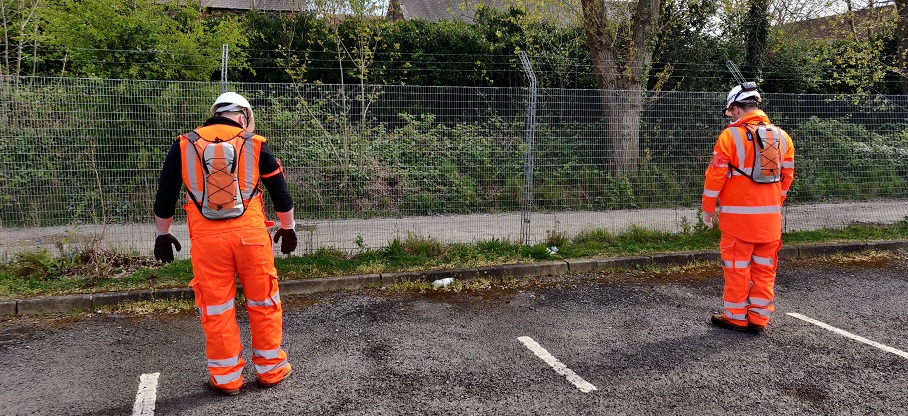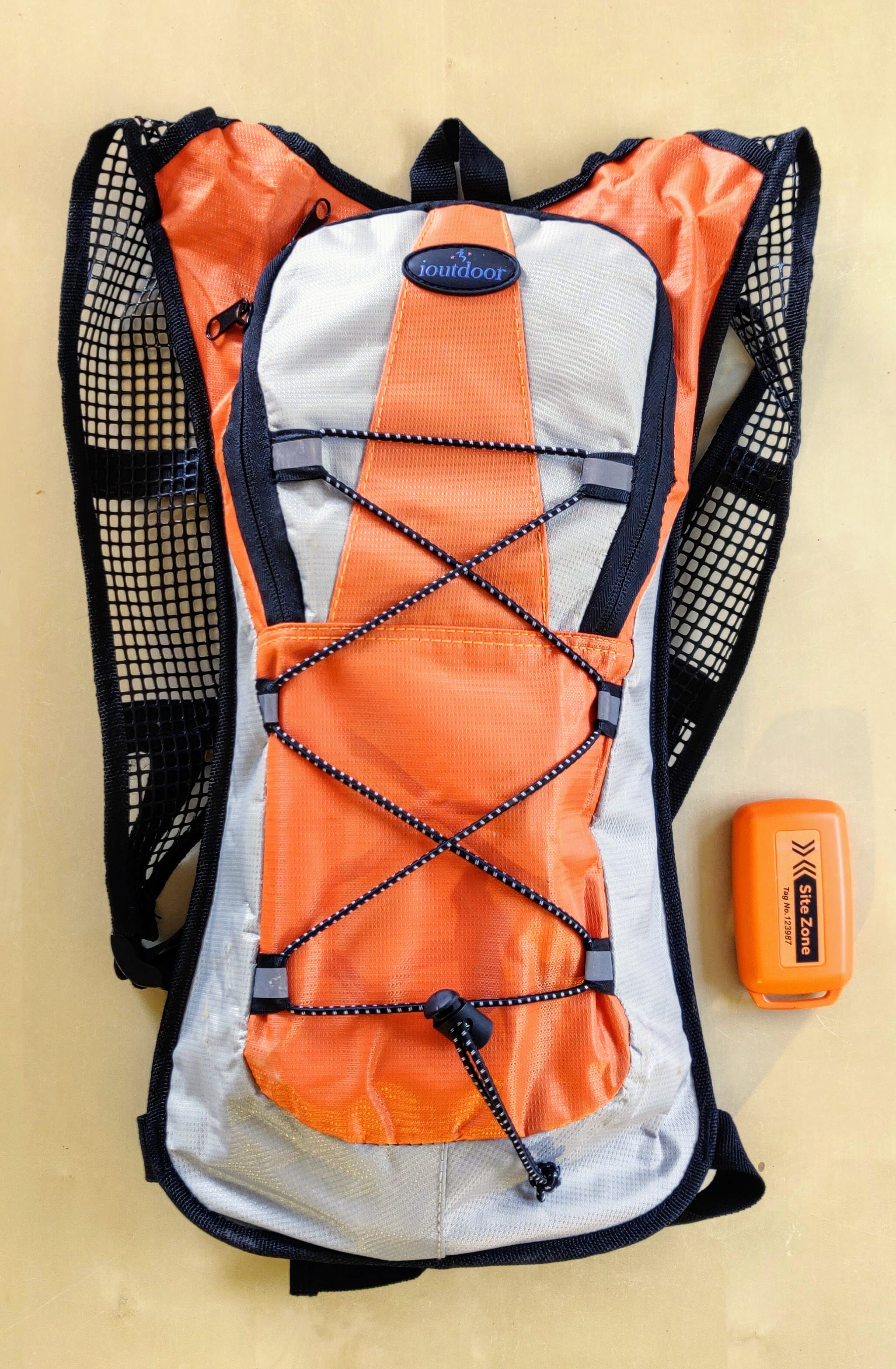And finally… Interserve trials new social distancing warning technology
Interserve Construction has deployed new social distancing technology at the NEC Birmingham as it continues to roll out the final phase of the development of the new NHS Nightingale Hospital Birmingham providing critical care beds to treat COVID-19 patients.

Proximity warning specialist SiteZone Safety has supplied six of its personnel distancing systems (PDS) to Interserve to help enforce the so-called ‘two-metre rule’ of social distancing on the construction sites.
The PDS consists of a 2kg pack and a detection ‘tag’ that can be worn on a hard hat, attached to a belt or strapped to the upper arm. The system has 100 hours of rechargeable battery life.
The exclusion zone can be configured to suit the site’s needs. The proximity alarms are triggered if workers get too close within set boundaries, at which point both their wearable tags will vibrate and the PDS sounds an alarm.
Two site safety ambassadors wear the PDS units full time and patrol the site to ensure remaining workers are observing the two-metre rule. If not, they are reminded with accompanying demonstrations using the PDS. The other four units are being rotated between different key tradespeople on site to reinforce social distancing. In this way, it is intended to raise spatial awareness and affect behavioural change on site.
SiteZone Safety makes proximity warning devices used on construction machinery, however there was nothing off-the-shelf for this particular application, so prototypes had to be swiftly made, tested and approved.

Interserve site manager Stuart Palmer said: “We knew about SiteZone Safety’s proximity warning expertise, and they have been able to meet the challenge for us in record time. There was an urgent need to get NHS Nightingale Birmingham completed, so high standards of health and safety practice were key drivers to the success of this project. SiteZone Safety’s PDS solution helped us achieve both.”
There were specific challenges when developing the PDS, including making it lightweight, easy to use, and efficiently powered to function for long periods of time.
The PDS repurposes the original SiteZone proximity warning system, which prevents collisions between personnel and mobile plant and vehicles. This time, other people are the threat, and the exclusion zone is rigid.
Gary Escott, co-founder of SiteZone Safety, said: “We had an unusually short period of time to develop and produce a solution that we could deploy quickly. The biggest single advantage we have is that our PDS is built on proven technology, with over 125 million hours in use. The technology has been repurposed for this new application.”
NHS Nightingale Hospital Birmingham has been provided with the PDS units for free as part of SiteZone Safety and its hire partner ESS-Safeforce’s appreciation of the work that Interserve Construction and the NHS are doing in response to the COVID-19 outbreak.
- Read all of our articles relating to COVID-19 here.























